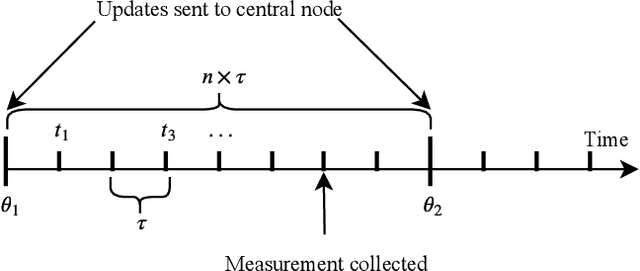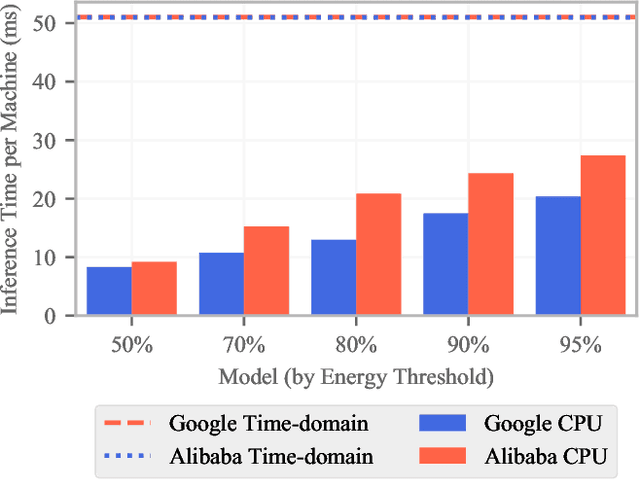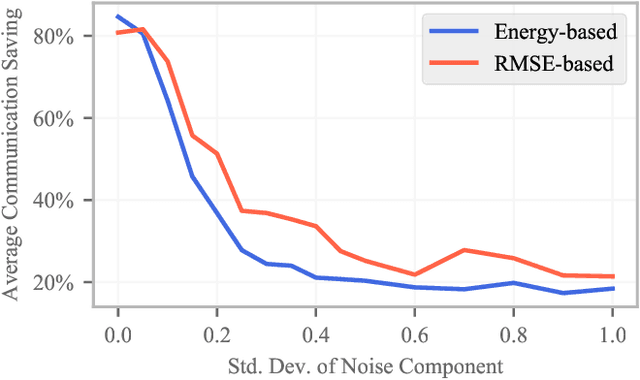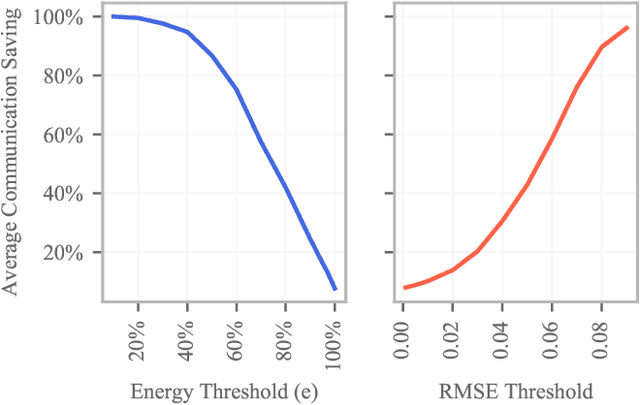Daniel Perez
Design and Implementation of Smart Infrastructures and Connected Vehicles in A Mini-city Platform
Aug 08, 2024



Abstract:This paper presents a 1/10th scale mini-city platform used as a testing bed for evaluating autonomous and connected vehicles. Using the mini-city platform, we can evaluate different driving scenarios including human-driven and autonomous driving. We provide a unique, visual feature-rich environment for evaluating computer vision methods. The conducted experiments utilize onboard sensors mounted on a robotic platform we built, allowing them to navigate in a controlled real-world urban environment. The designed city is occupied by cars, stop signs, a variety of residential and business buildings, and complex intersections mimicking an urban area. Furthermore, We have designed an intelligent infrastructure at one of the intersections in the city which helps safer and more efficient navigation in the presence of multiple cars and pedestrians. We have used the mini-city platform for the analysis of three different applications: city mapping, depth estimation in challenging occluded environments, and smart infrastructure for connected vehicles. Our smart infrastructure is among the first to develop and evaluate Vehicle-to-Infrastructure (V2I) communication at intersections. The intersection-related result shows how inaccuracy in perception, including mapping and localization, can affect safety. The proposed mini-city platform can be considered as a baseline environment for developing research and education in intelligent transportation systems.
Auto.gov: Learning-based On-chain Governance for Decentralized Finance
Feb 19, 2023Abstract:Decentralized finance (DeFi) has seen a tremendous increase in interest in the past years with many types of protocols, such as lending protocols or automated market-makers (AMMs) These protocols are typically controlled using off-chain governance, where token holders can vote to modify different parameters of the protocol. Up till now, however, choosing these parameters has been a manual process, typically done by the core team behind the protocol. In this work, we model a DeFi environment and propose a semi-automatic parameter adjustment approach with deep Q-network (DQN) reinforcement learning. Our system automatically generates intuitive governance proposals to adjust these parameters with data-driven justifications. Our evaluation results demonstrate that a learning-based on-chain governance procedure is more reactive, objective, and efficient than the existing manual approach.
Data-driven analysis of central bank digital currency projects drivers
Feb 23, 2021



Abstract:In this paper, we use a variety of machine learning methods to quantify the extent to which economic and technological factors are predictive of the progression of Central Bank Digital Currencies (CBDC) within a country, using as our measure of this progression the CBDC project index (CBDCPI). We find that a financial development index is the most important feature for our model, followed by the GDP per capita and an index of the voice and accountability of the country's population. Our results are consistent with previous qualitative research which finds that countries with a high degree of financial development or digital infrastructure have more developed CBDC projects. Further, we obtain robust results when predicting the CBDCPI at different points in time.
Neural language models for text classification in evidence-based medicine
Dec 01, 2020
Abstract:The COVID-19 has brought about a significant challenge to the whole of humanity, but with a special burden upon the medical community. Clinicians must keep updated continuously about symptoms, diagnoses, and effectiveness of emergent treatments under a never-ending flood of scientific literature. In this context, the role of evidence-based medicine (EBM) for curating the most substantial evidence to support public health and clinical practice turns essential but is being challenged as never before due to the high volume of research articles published and pre-prints posted daily. Artificial Intelligence can have a crucial role in this situation. In this article, we report the results of an applied research project to classify scientific articles to support Epistemonikos, one of the most active foundations worldwide conducting EBM. We test several methods, and the best one, based on the XLNet neural language model, improves the current approach by 93\% on average F1-score, saving valuable time from physicians who volunteer to curate COVID-19 research articles manually.
Fast-Fourier-Forecasting Resource Utilisation in Distributed Systems
Jan 25, 2020



Abstract:Distributed computing systems often consist of hundreds of nodes, executing tasks with different resource requirements. Efficient resource provisioning and task scheduling in such systems are non-trivial and require close monitoring and accurate forecasting of the state of the system, specifically resource utilisation at its constituent machines. Two challenges present themselves towards these objectives. First, collecting monitoring data entails substantial communication overhead. This overhead can be prohibitively high, especially in networks where bandwidth is limited. Second, forecasting models to predict resource utilisation should be accurate and need to exhibit high inference speed. Mission critical scheduling and resource allocation algorithms use these predictions and rely on their immediate availability. To address the first challenge, we present a communication-efficient data collection mechanism. Resource utilisation data is collected at the individual machines in the system and transmitted to a central controller in batches. Each batch is processed by an adaptive data-reduction algorithm based on Fourier transforms and truncation in the frequency domain. We show that the proposed mechanism leads to a significant reduction in communication overhead while incurring only minimal error and adhering to accuracy guarantees. To address the second challenge, we propose a deep learning architecture using complex Gated Recurrent Units to forecast resource utilisation. This architecture is directly integrated with the above data collection mechanism to improve inference speed of our forecasting model. Using two real-world datasets, we demonstrate the effectiveness of our approach, both in terms of forecasting accuracy and inference speed. Our approach resolves challenges encountered in resource provisioning frameworks and can be applied to other forecasting problems.
 Add to Chrome
Add to Chrome Add to Firefox
Add to Firefox Add to Edge
Add to Edge